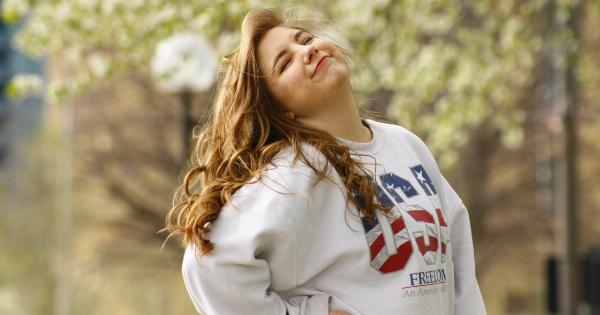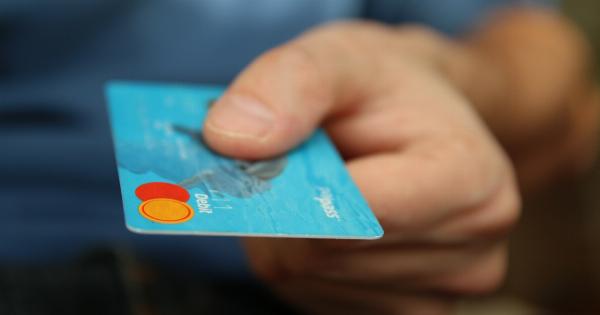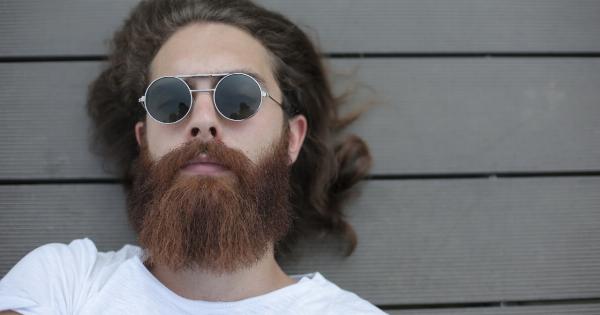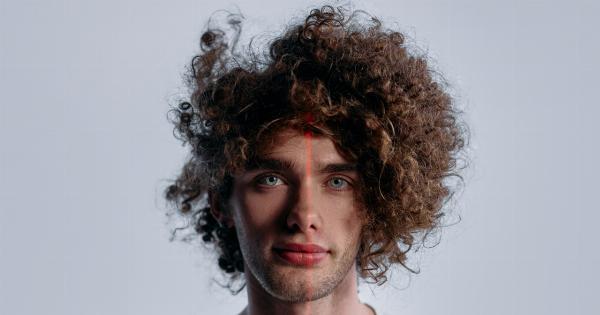For many people, hair loss can be a major source of embarrassment and contribute to a loss of self-esteem. Luckily, there are many hair transplant techniques available today that can help restore hair growth and improve appearance.
From strip harvesting to FUE, hair transplant procedures have advanced significantly in recent years, allowing for more natural-looking results and faster recovery times. In this article, we will explore some of the most successful hair transplant techniques and their triptych.
1. Follicular Unit Transplant (FUT)
Follicular Unit Transplant (FUT) is one of the oldest hair transplant techniques and still widely used today.
It involves removing a strip of hair-bearing skin from the back of the patient’s scalp, dissecting it under a microscope into individual follicular units, and then transplanting them into the balding areas. The donor site is then closed with sutures or staples, leaving a linear scar that can be concealed with longer hair.
While FUT can be effective, it has some drawbacks, including the need for a larger incision, a longer recovery time, and a more noticeable scar.
2. Follicular Unit Extraction (FUE)
Follicular Unit Extraction (FUE) is a newer hair transplant technique that has gained popularity in recent years.
It involves removing individual hair follicles from the donor area using a tiny punch tool and then transplanting them into the recipient sites. Unlike FUT, FUE does not leave a linear scar and has a shorter recovery time, making it a more attractive option for many patients. However, FUE can be more time-consuming and expensive than FUT, as each follicle must be extracted individually.
3. Direct Hair Implantation (DHI)
Direct Hair Implantation (DHI) is a variation of FUE that involves implanting the harvested follicles directly into the recipient sites without creating any incisions.
This technique uses a special tool called a Choi Implanter, which allows the surgeon to control the angle, depth, and direction of each follicle, resulting in a more natural-looking hairline. DHI has a high success rate and minimal downtime, making it a popular choice for many patients.
4. Platelet-Rich Plasma (PRP) Therapy
Platelet-Rich Plasma (PRP) Therapy is a non-surgical hair restoration treatment that uses the patient’s own blood to stimulate hair growth.
It involves extracting a small amount of blood from the patient, separating the platelets and plasma, and then injecting the concentrated solution into the scalp. PRP contains growth factors that promote hair regeneration and can be used in combination with other hair transplant techniques to enhance results.
While PRP is not a hair transplant technique in itself, it can be a valuable addition to any hair restoration plan.
5. Scalp Micro-Pigmentation (SMP)
Scalp Micro-Pigmentation (SMP), also known as hair tattooing, is a non-surgical cosmetic treatment that uses micro-needles to deposit pigment into the scalp, replicating the appearance of hair follicles.
This technique can be used to simulate the look of a closely cropped buzz cut or as a complementary procedure to hair transplant surgery. SMP is safe, minimally invasive, and requires no downtime, making it an appealing option for patients who want to enhance their hairline without undergoing surgery.
6. Laser Hair Regeneration (LHR)
Laser Hair Regeneration (LHR) is a non-invasive hair restoration procedure that uses low-level laser therapy to stimulate hair growth.
This technique involves exposing the scalp to red or near-infrared light, which penetrates the skin and stimulates the hair follicles. LHR can be used as a standalone treatment or as a complement to other hair transplant techniques, and has been shown to improve hair density and thickness.
LHR is safe, painless, and requires no downtime, making it a popular option for patients who are looking for a non-invasive way to improve their hair growth.
7. Robotic Hair Restoration (RHR)
Robotic Hair Restoration (RHR) is an advanced hair transplant technique that uses robotic technology to perform the hair transplant procedure.
This technique involves the use of a computer-guided robotic arm that can extract individual hair follicles from the donor area and then transplant them into the balding areas with greater precision and accuracy. RHR offers many advantages over traditional hair transplant techniques, including faster recovery times, more natural-looking results, and minimal scarring.
8. Stem Cell Hair Restoration (SCHR)
Stem Cell Hair Restoration (SCHR) is a new hair transplant technique that uses the patient’s own stem cells to stimulate hair growth.
This technique involves extracting stem cells from the patient’s tissue, processing them in a lab to increase their number, and then injecting them into the scalp. SCHR offers a promising alternative to traditional hair transplant techniques, as it is minimally invasive and has a high success rate.
9. Hair Cloning
Hair Cloning is a future hair transplant technique that aims to produce an unlimited supply of hair follicles for transplantation.
This technique involves isolating hair follicle cells, growing them in a lab, and then cloning them to produce a large number of hair follicles. While hair cloning is still in the experimental stage, it holds great promise for the future of hair restoration and could potentially revolutionize the field of hair transplant surgery.
Conclusion
Hair transplant techniques have come a long way in recent years, offering patients a range of options for restoring their hair growth and improving their appearance.
From FUT to FUE, DHI, PRP, SMP, LHR, RHR, SCHR, and Hair Cloning, there are many successful techniques available today, each with its own set of advantages and drawbacks. By working with a qualified hair restoration specialist, patients can choose the technique that best meets their needs and achieve the results they desire.



























